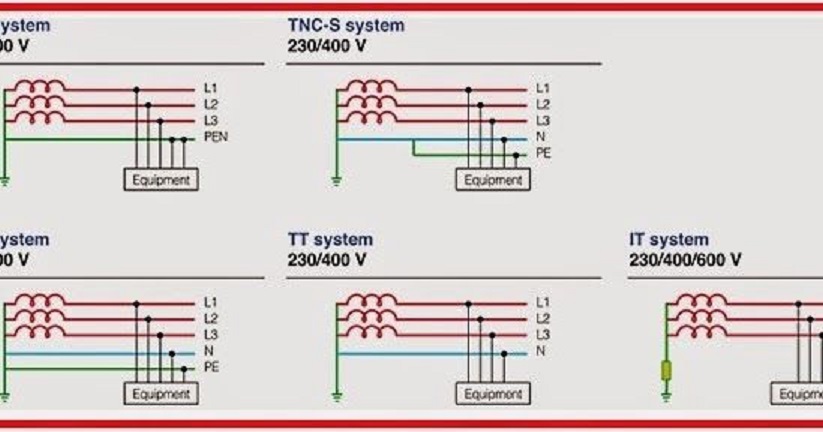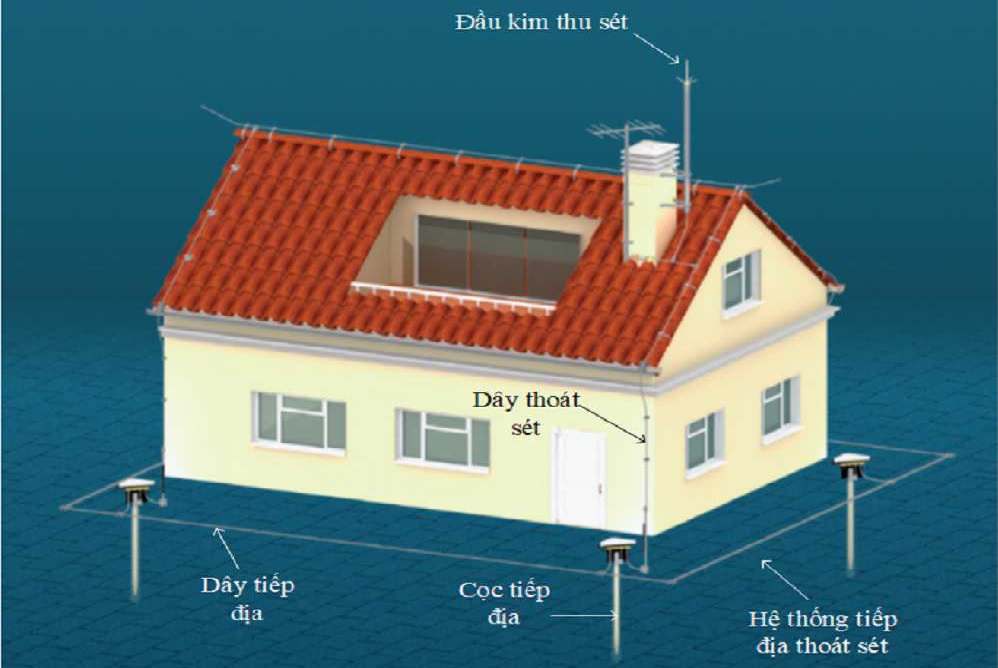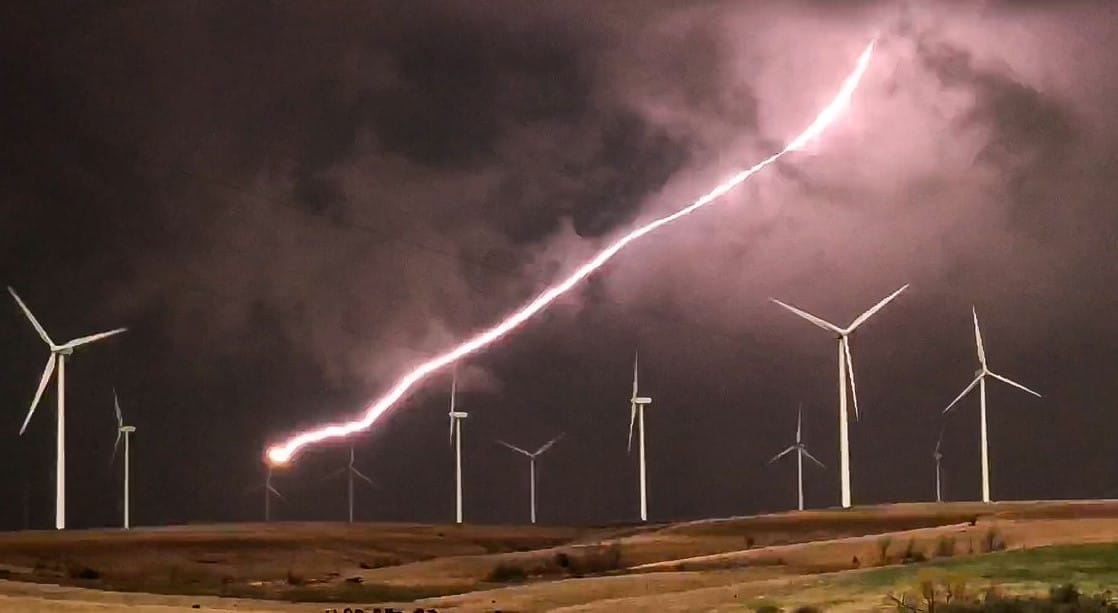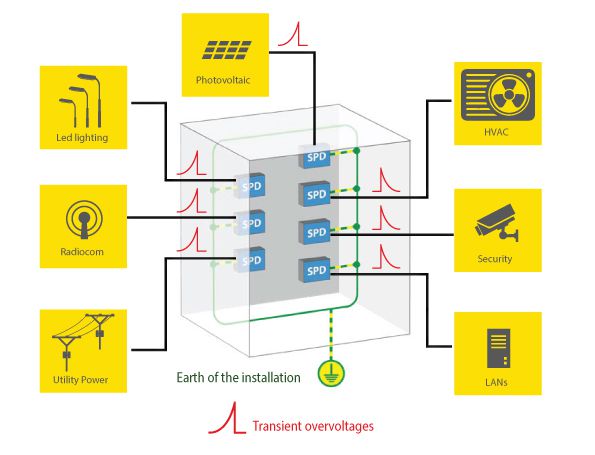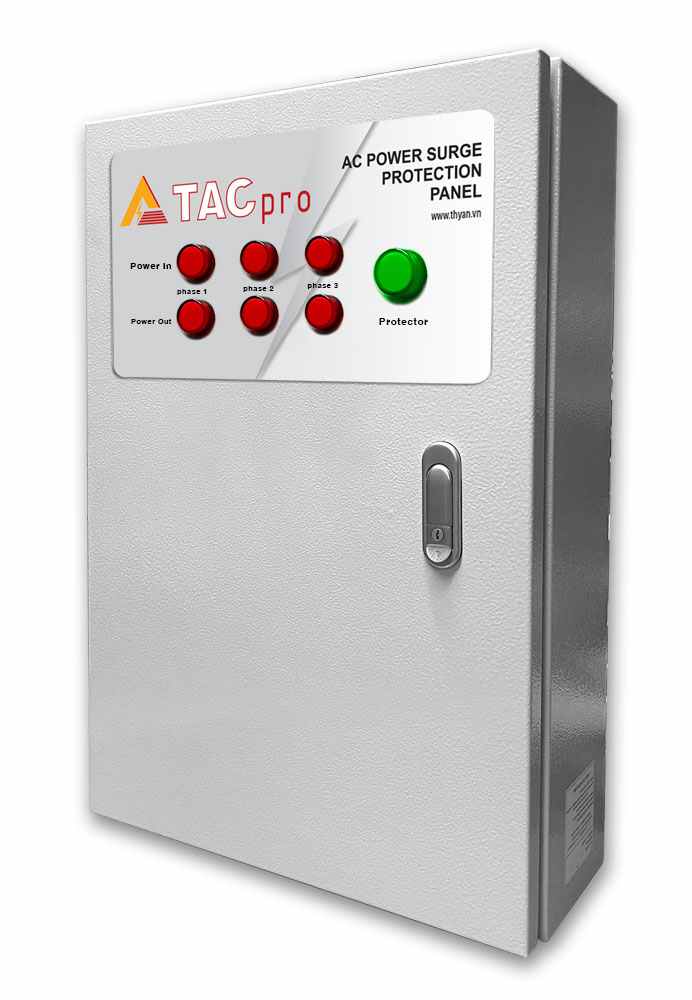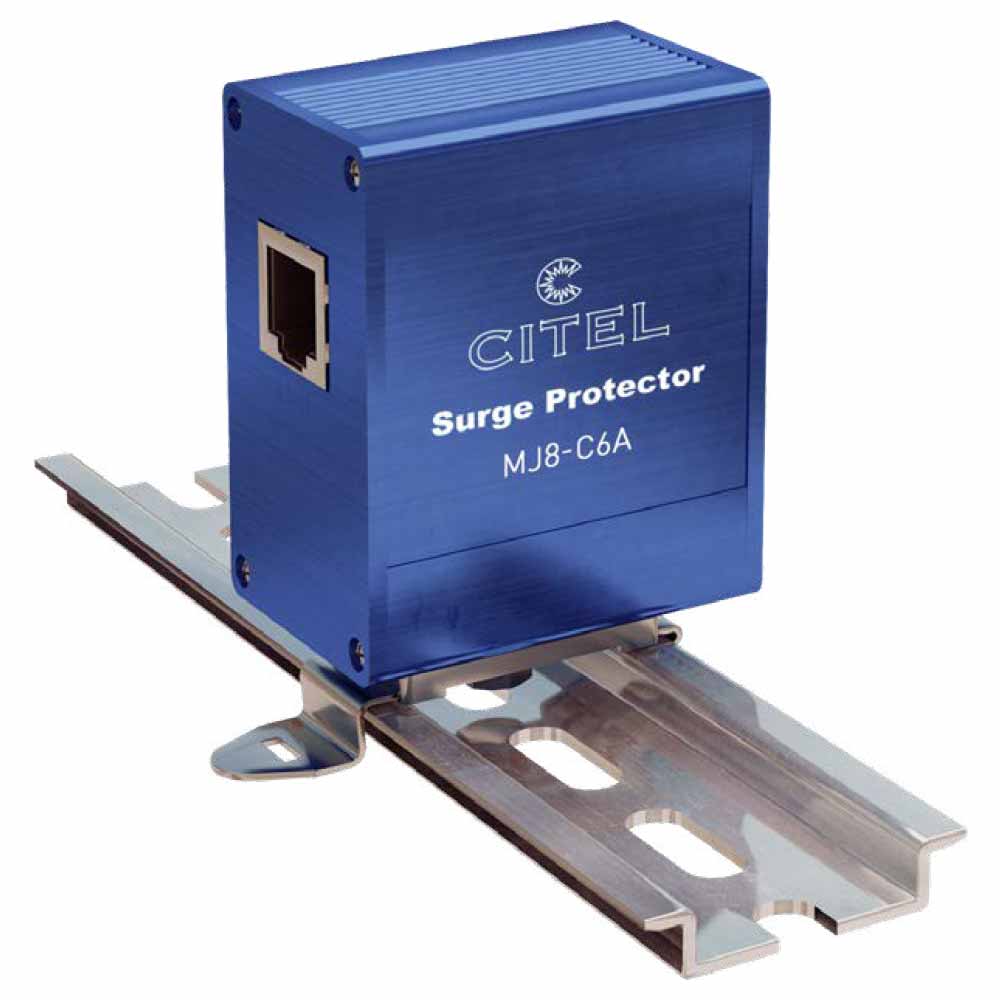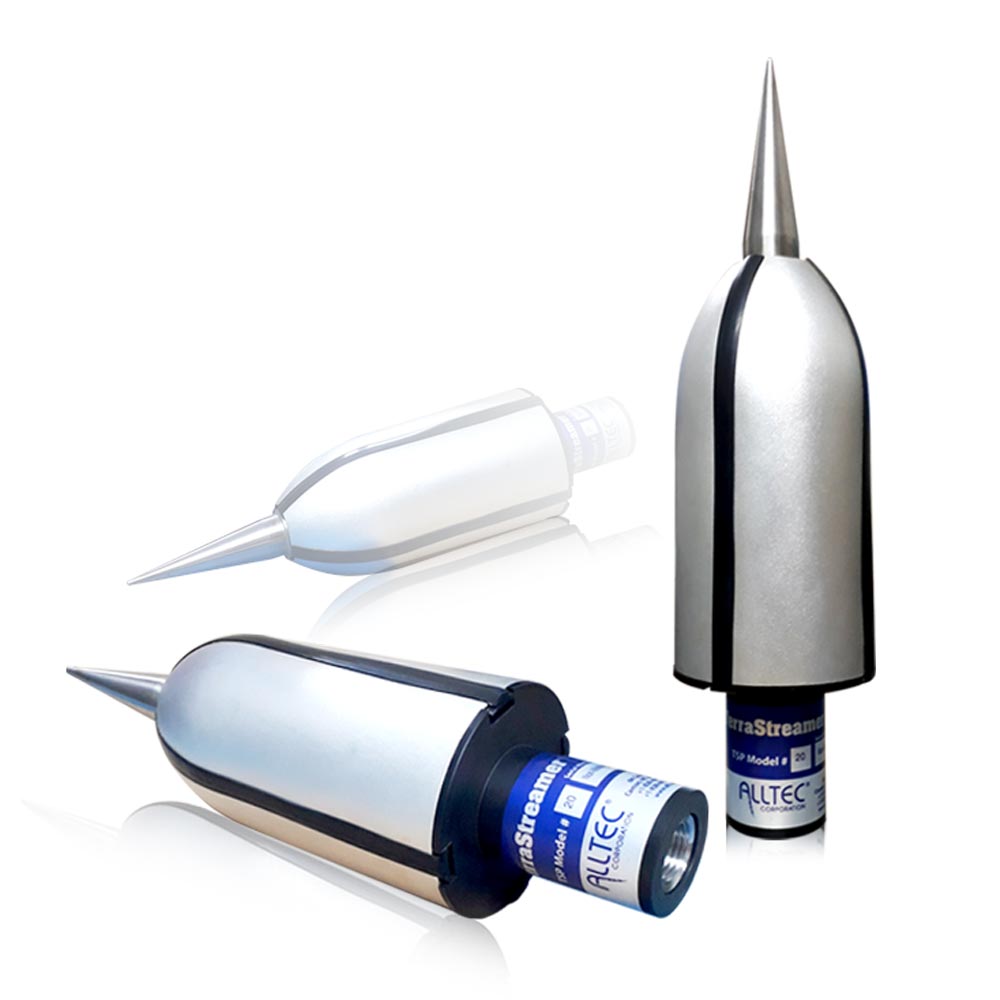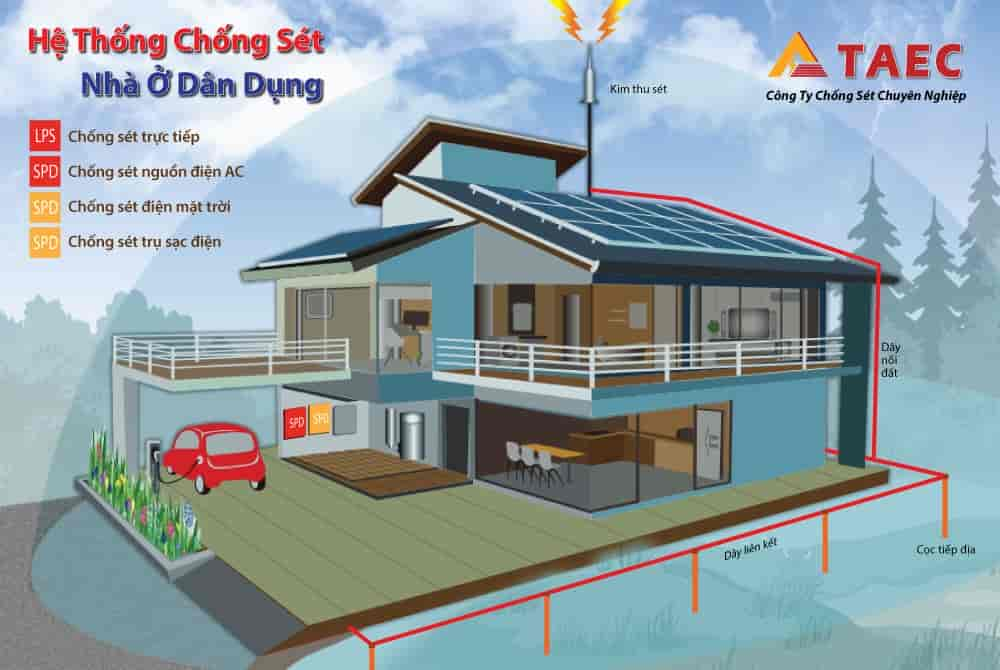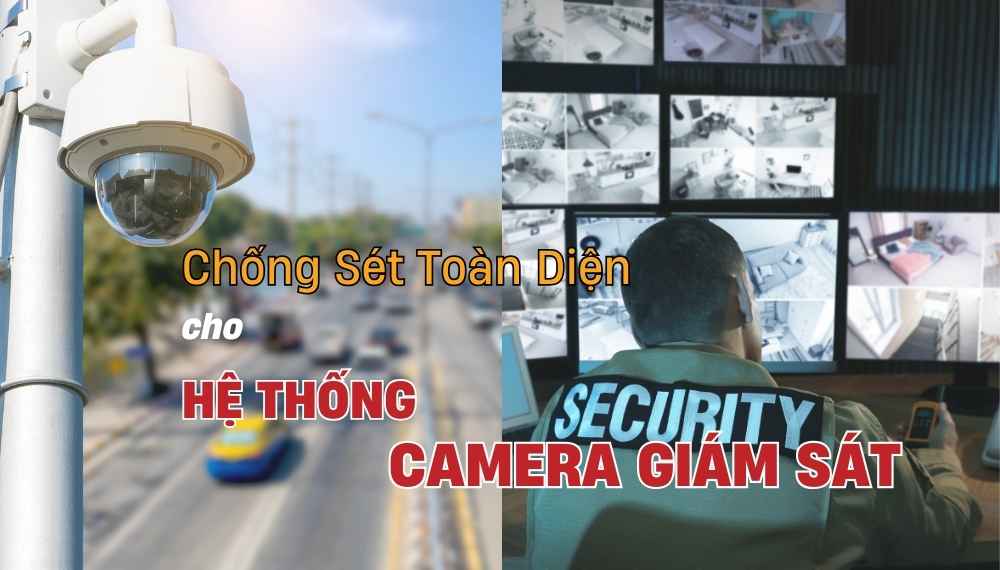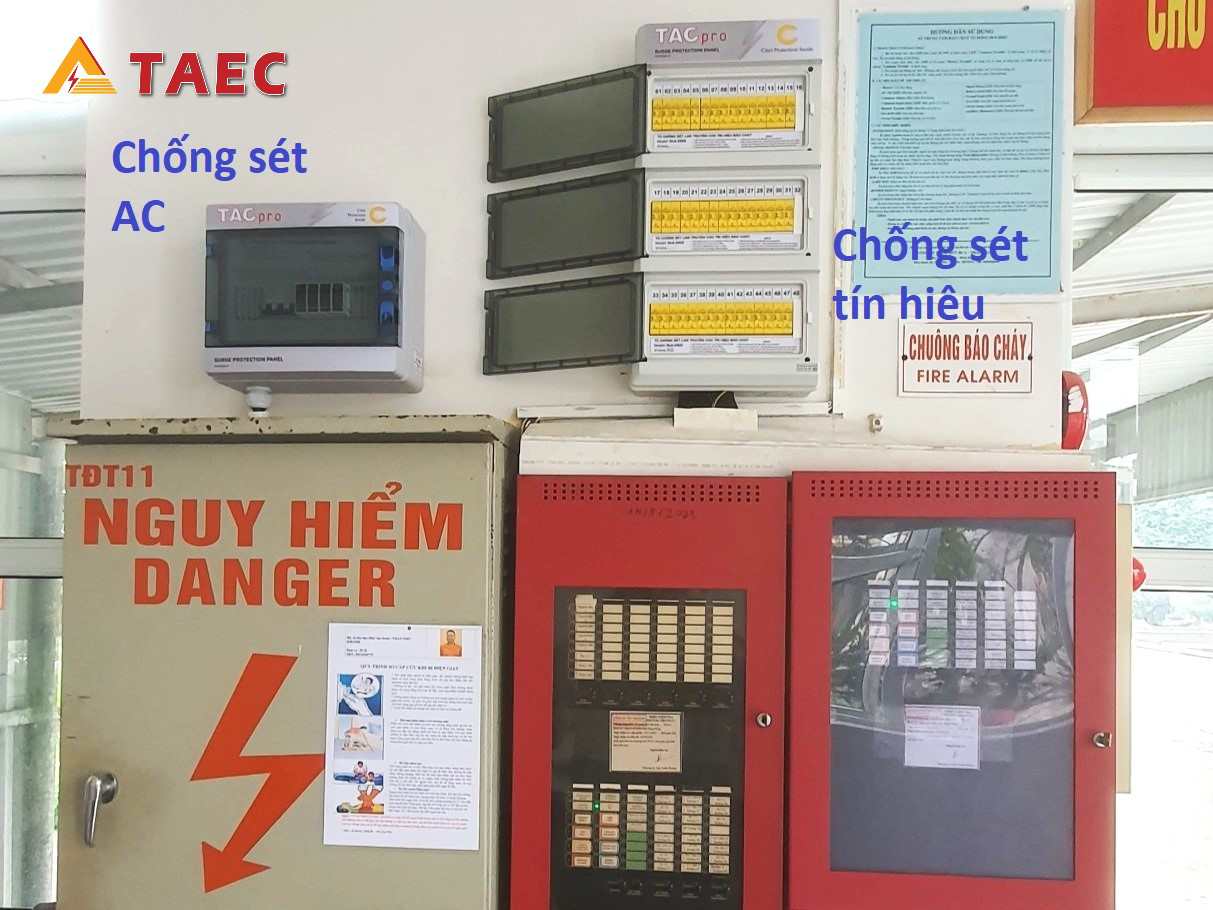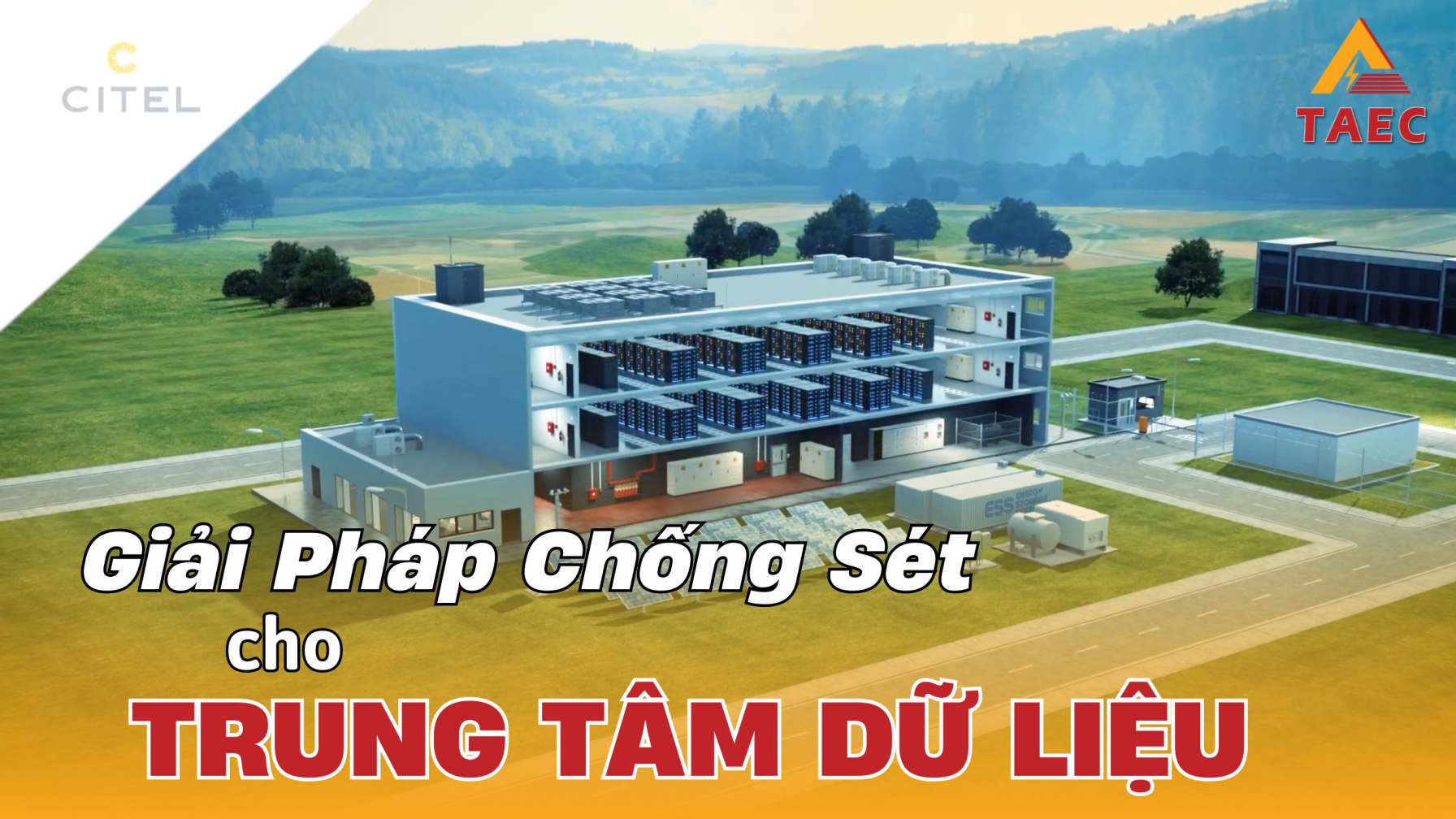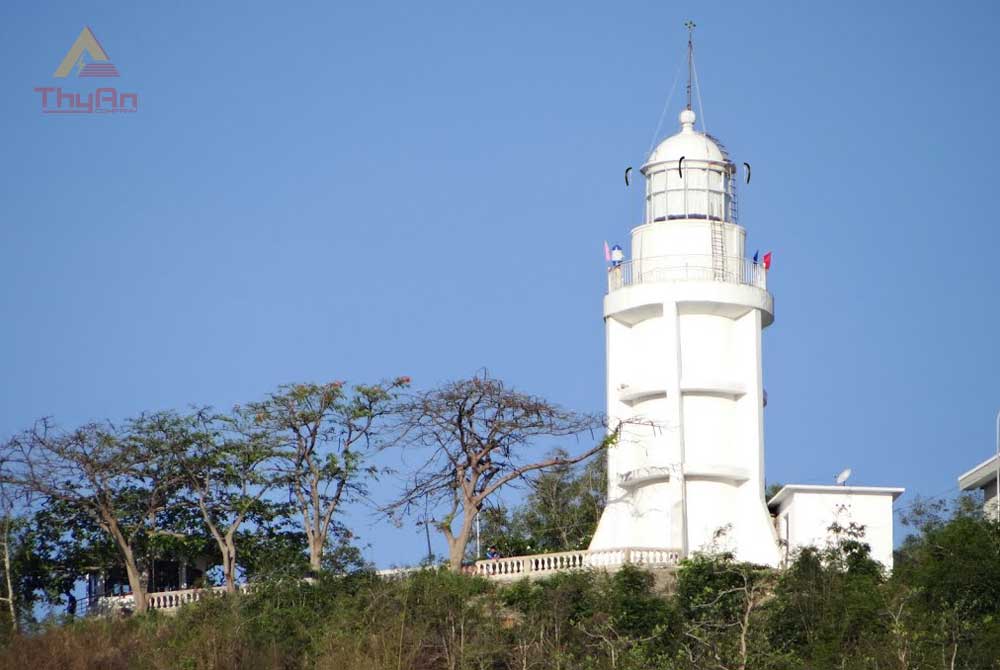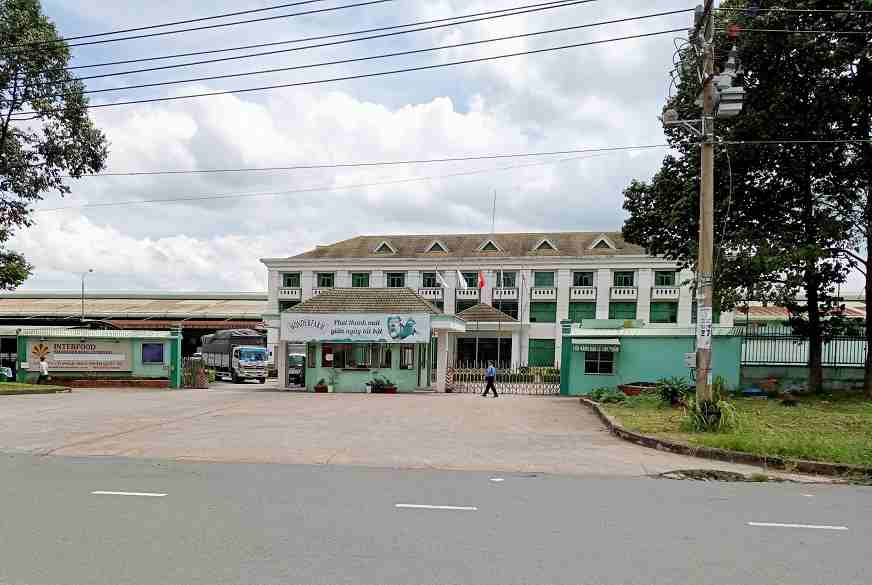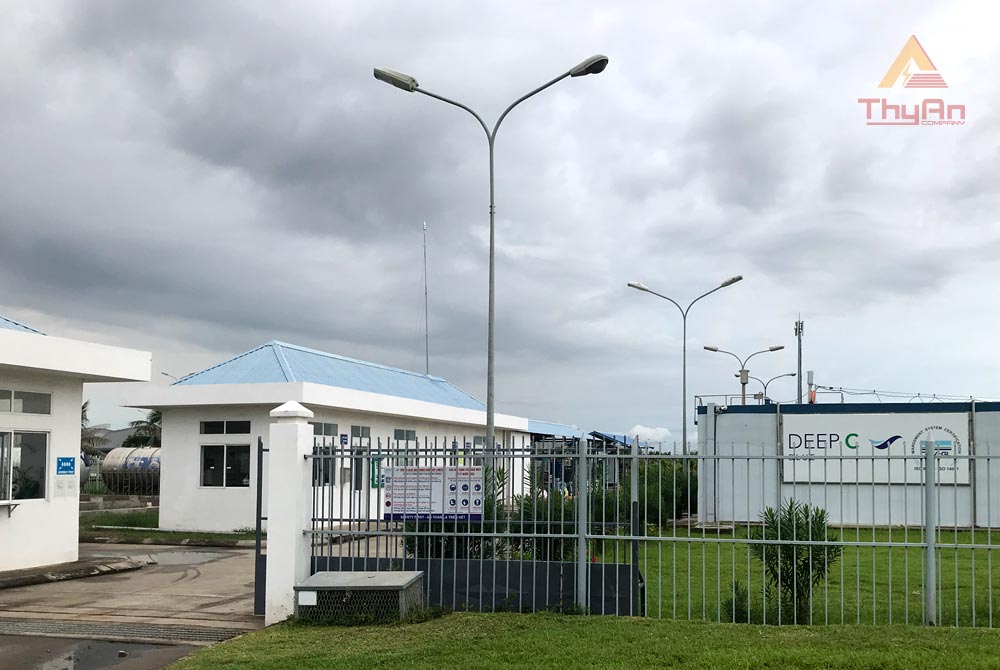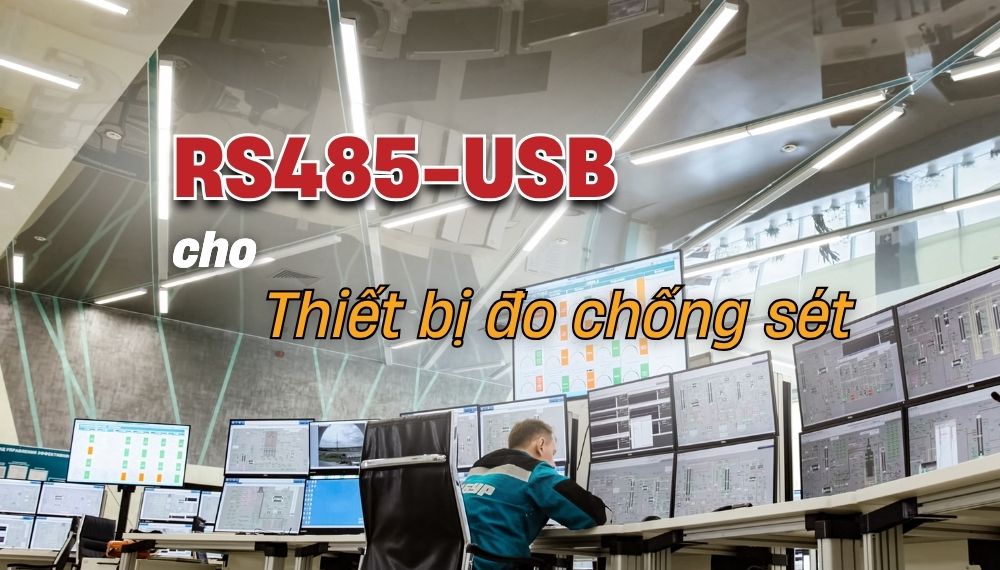Lightning Protection System : Overview and Installation Guide
- What is a Lightning Protection System?
- Purpose and Importance of a Lightning Protection System
- Basis for Choosing an Appropriate Lightning Protection System
- Types of Lightning Protection Systems
- Installation Process of a Lightning Protection System
- Standards and Regulations to Comply With
- Cost of Installing a Lightning Protection System
- Benefits of Using Professional Installation Services
- Conclusion
-
What is a Lightning Protection System?
First, we need to understand what a Lightning Protection System (LPS) is. An LPS is a set of devices and technical methods designed to protect buildings, electronic equipment, and people from lightning damage. An LPS cannot prevent the formation of lightning, but it helps control and safely conduct the energy from lightning strikes to the ground, minimizing negative impacts.
-
Purpose and Importance of a Lightning Protection System
A lightning protection system has very important purposes and significance:
- Protecting people: This system helps minimize the risk of injury or death from direct lightning strikes, as lightning can cause severe burns, cardiac arrest, and nerve damage.
- Protecting property: A lightning protection system prevents damage to houses, electronic devices, and infrastructure caused by lightning, helping to avoid risks of fire, destruction of electronic equipment, and major financial losses.
- Protecting the environment: The system helps prevent forest fires and maintain environmental stability, as lightning can cause wildfires and damage electrical and telecommunications systems.
- Protecting livestock and animals: An LPS ensures the safety of livestock and prevents damage caused by lightning.
-
Basis for Choosing an Appropriate Lightning Protection System
To choose a suitable lightning protection system, consider the following factors:
- Assessing the risk of lightning strikes: Evaluate the frequency and intensity of lightning in the area to determine the level of risk and protection requirements.
- Type of building and usage purpose: Determine protection requirements for residential buildings, high-rise buildings, industrial facilities, etc. Larger and more important structures usually require more complex and effective protection systems.
- Geographical and climatic conditions: Evaluate areas with high lightning frequency or harsh weather conditions to choose an appropriate solution.
- Cost and budget: Calculate the initial investment and long-term maintenance costs to ensure economic efficiency.
- Maintenance and operation requirements: Determine the complexity and frequency of maintenance needed to ensure the system operates stably and effectively.
-
Types of Lightning Protection Systems
Lightning protection systems are categorized into different types to suit various structures and protection needs. Here are some common LPS types:
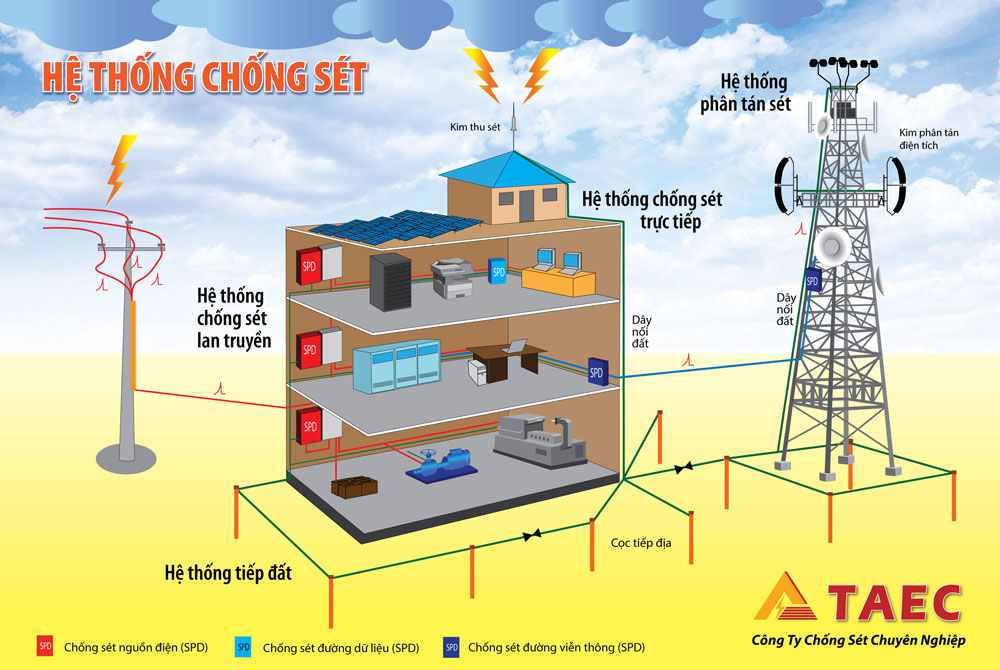
-
External Lightning Protection Systems (Direct Lightning Protection)
-
Franklin Rod System
- Definition and principle of operation: Franklin rods attract and conduct lightning strikes safely to the ground.
- Applications: Suitable for small to medium-sized structures.
- Structure: Franklin rods are made of durable metal, placed at high points on the structure. When lightning strikes the rod, the current is conducted through the lightning conductor to the grounding system, dispersing the energy into the ground.
- Benefits: Low cost, simple design, easy to install and maintain. However, the protection range is limited, suitable for small to medium-sized structures.
-
Active Lightning Protection System
- Definition and principle of operation: Uses Early Streamer Emission (ESE) technology to attract lightning from a distance.
- Applications: Highly effective, suitable for large structures.
- Structure: Early Streamer Emission Air Terminals to attract lightning from afar, then conducts the lightning current through conductors to the grounding system.
- Benefits: Wide protection range, high effectiveness. However, installation and maintenance costs are higher than Franklin rods.
-
Charge Dissipation System
- Definition and principle of operation: Dissipates electrical charges in the air to prevent lightning formation.
- Applications: Suitable for large areas needing comprehensive protection.
- Structure: Uses Charge Dissipation Terminals to reduce electrical charges in the air, decreasing the likelihood of lightning formation.
- Benefits: Prevents lightning formation, provides comprehensive protection. However, it requires complex installation and high costs.
-
Internal Lightning Protection Systems (Surge Protection)
- Definition and principle of operation: Protects electronic devices from electrical surges caused by lightning.
- Applications: Prevents and redirects high voltage surges, protecting electronic devices and internal electrical systems.
- Structure: Includes surge protection devices, grounding wires, and grounding systems.
- Benefits: Protects electronic devices, easy to install. However, requires regular maintenance to ensure effectiveness.
-
Grounding and Equipotential Bonding System
- Definition and principle of operation: Ensures electrical safety and maintains stable voltage.
- Applications: Prevents dangerous voltage differences.
- Structure: Comprises grounding rods, bonding wires, and equipotential bonding systems.
- Benefits: Ensures electrical safety, prevents dangerous voltage differences. However, it must comply with electrical safety standards.
-
Installation Process of a Lightning Protection System
To install an effective lightning protection system, follow these steps:
- Step 1: Survey and assess the risk of lightning strikes: Evaluate the area to be protected and determine the risk of lightning strikes.
- Step 2: Design the system: Plan and design the detailed lightning protection system, including the placement of lightning rods, conductors, and grounding systems.
- Step 3: Install the components: Install the lightning rods, conductors, and grounding systems according to the design.
- Step 4: Inspect and maintain: After installation, inspect the system to ensure it operates effectively. Perform regular maintenance to keep the system in the best condition.
-
Standards and Regulations to Comply With
When installing a lightning protection system, comply with national and international standards to ensure effectiveness and safety. These standards include:
- National Standard TCVN 9385:2012: On lightning protection for buildings.
- International Standard IEC 62305: On lightning protection
-
Cost of Installing a Lightning Protection System
The cost of installing a lightning protection system depends on various factors, including the size of the structure, materials used, and maintenance requirements. Here is an estimated cost range:
- Franklin Rod System: From 10 - 20 million VND.
- Active Lightning Protection System: From 30 - 50 million VND.
- Charge Dissipation System: From 40 - 70 million VND.
-
Benefits of Using Professional Installation Services
Using professional installation services provides many benefits:
- Accuracy and effectiveness: Ensures the system is installed correctly and operates effectively.
- Safety: Minimizes risks during installation and use.
- Warranty and support: Receive warranty and support from the service provider, giving you peace of mind about the system's quality and effectiveness.
-
Conclusion
In conclusion, installing a lightning protection system is crucial to protect people, property, and the environment from lightning damage. Ensure the lightning protection system is installed according to current technical standards and regularly maintained to ensure it operates effectively and safely.
If you have any questions or need more detailed information, please contact us for advice and support. We are always ready to help you choose the most suitable lightning protection system solution for your needs.
Xem thêm Video: Sự khác biệt giữa Chống Sét Đánh Thẳng với Chống Sét Lan Truyền





